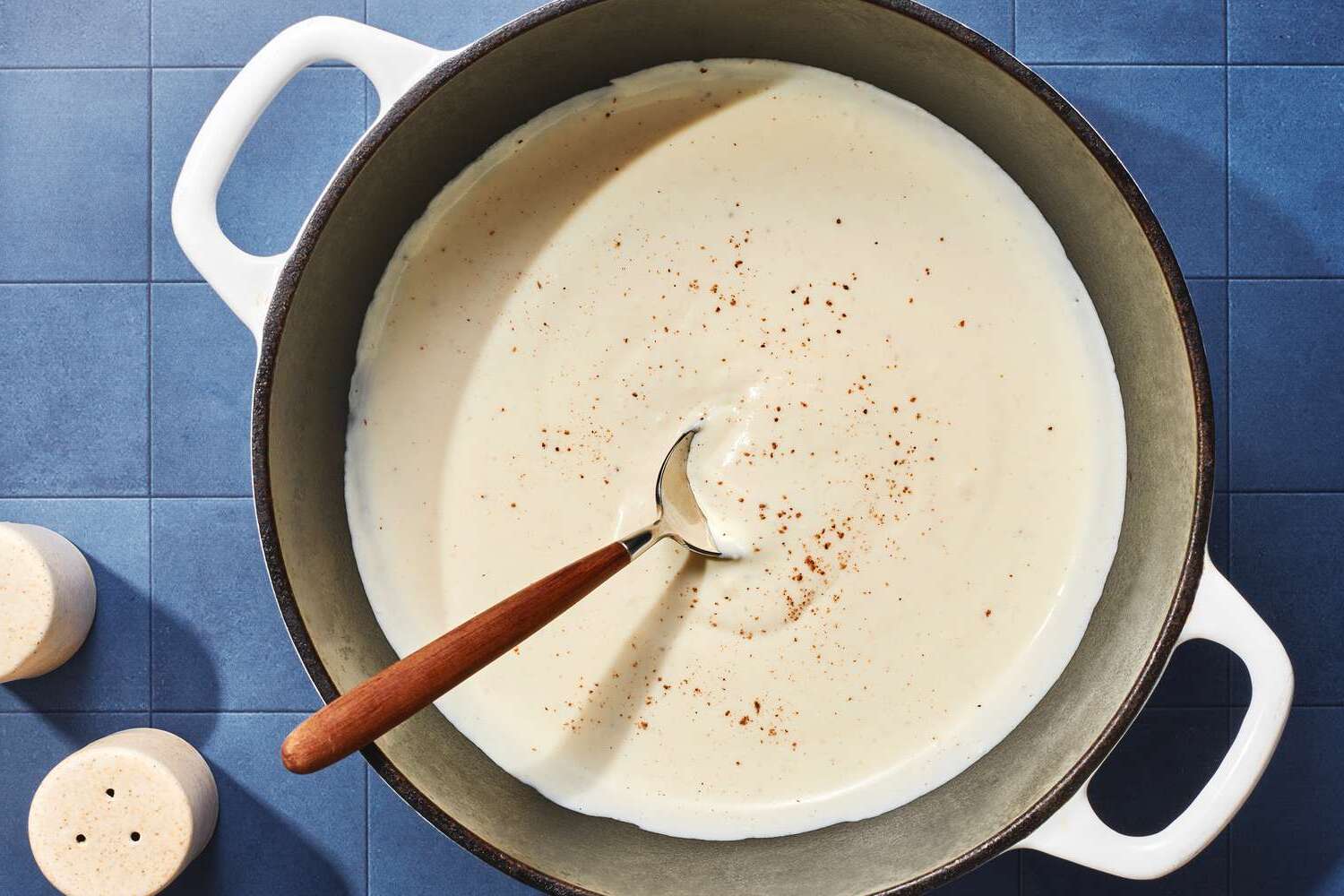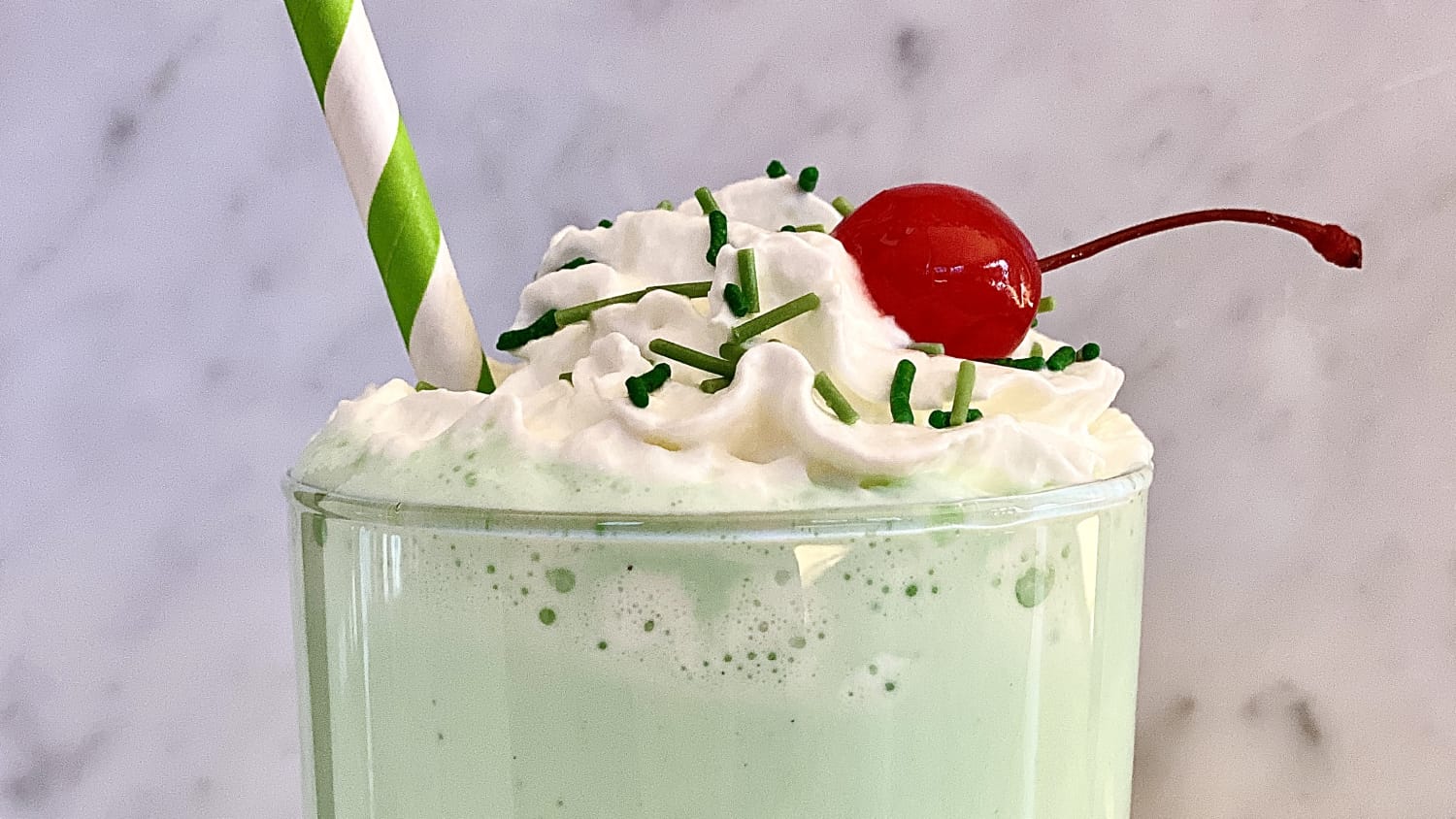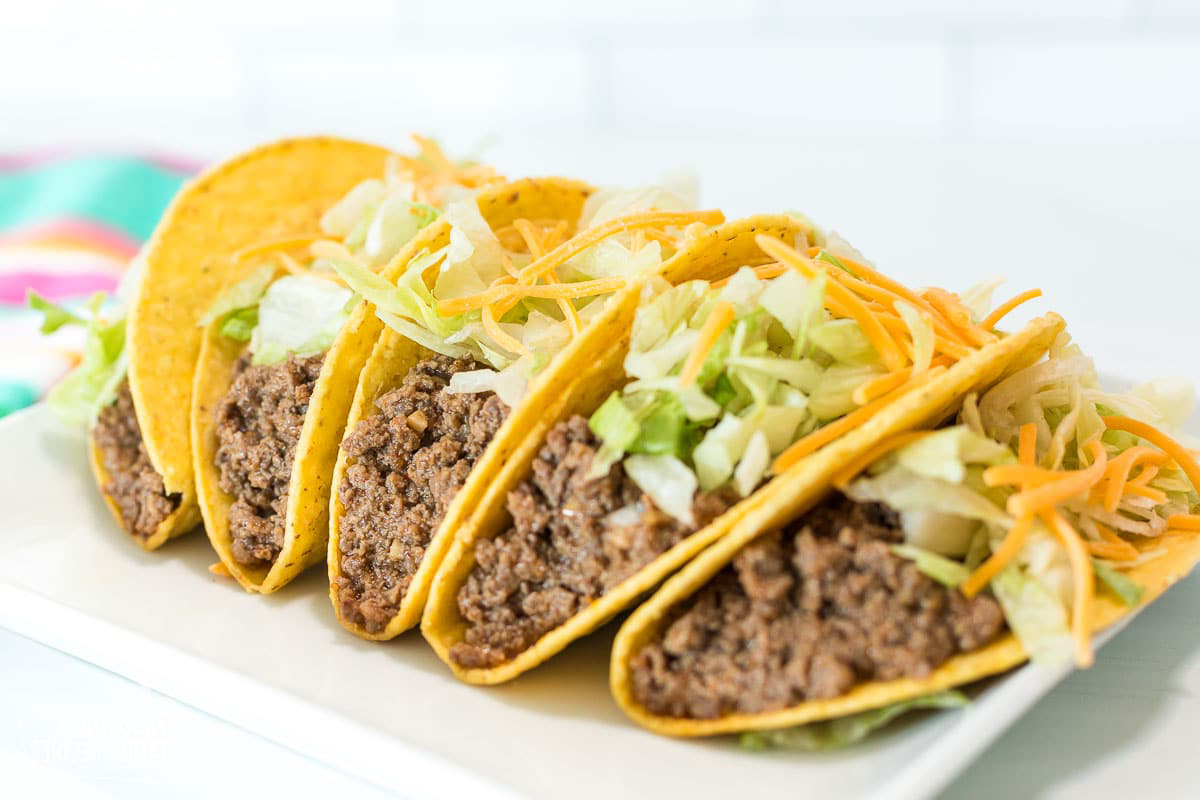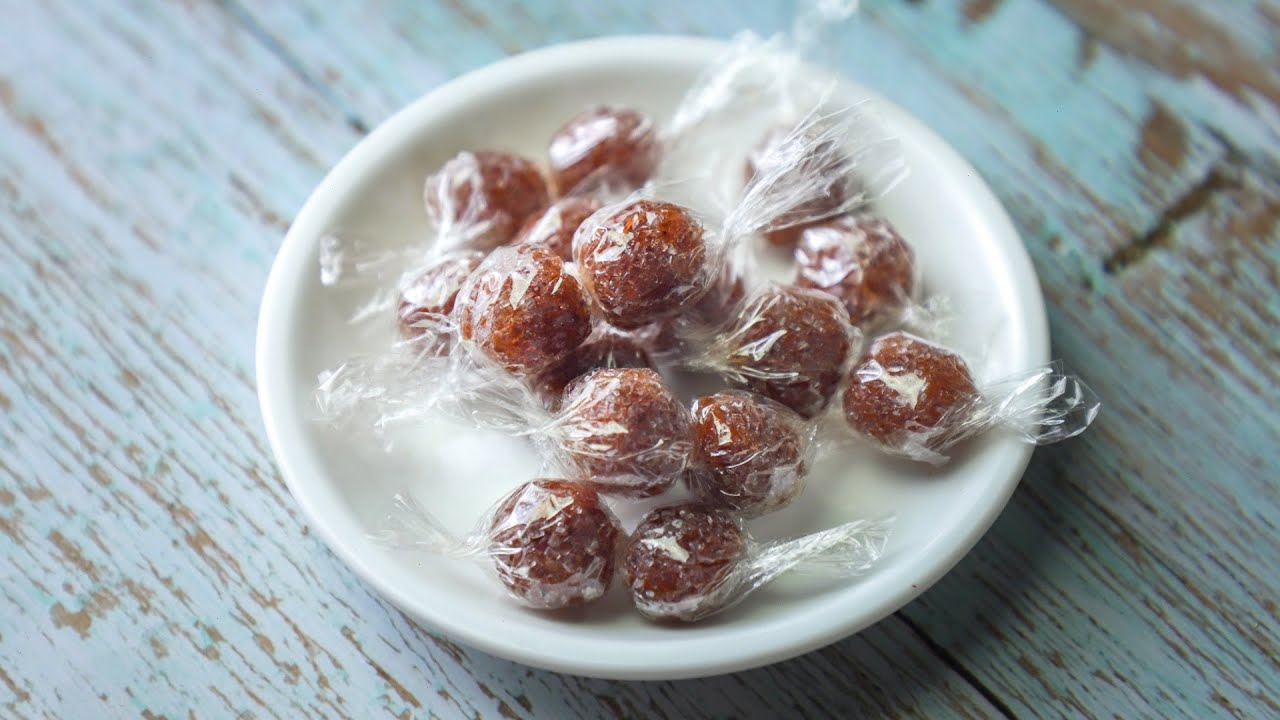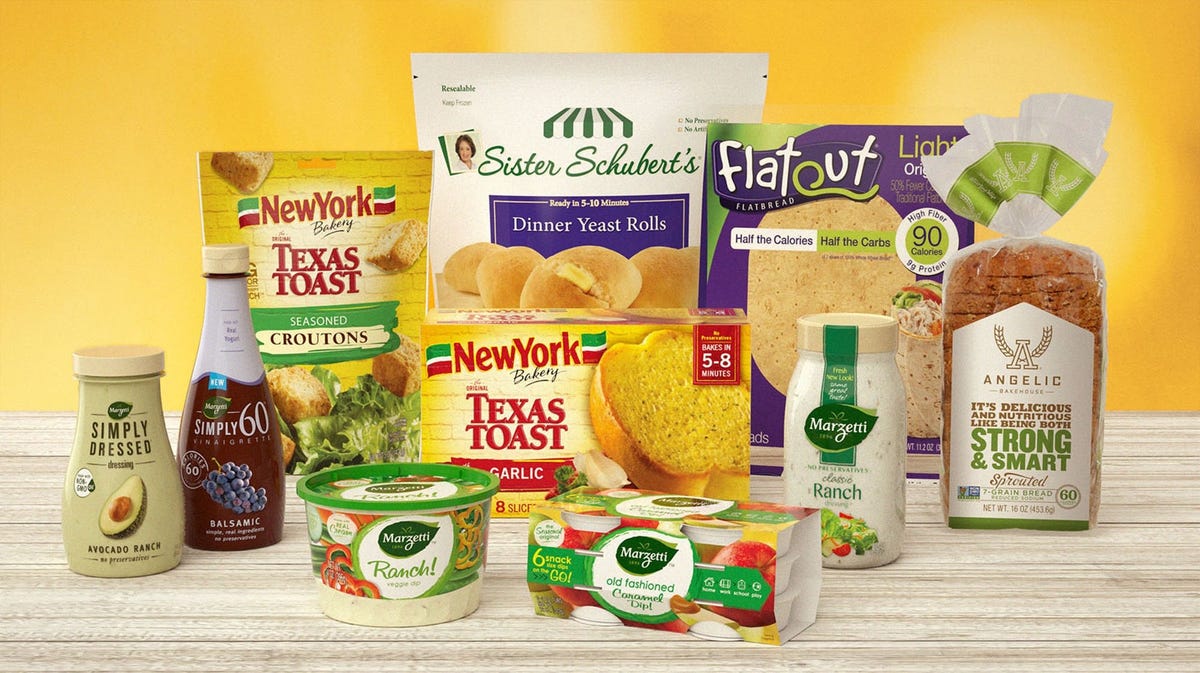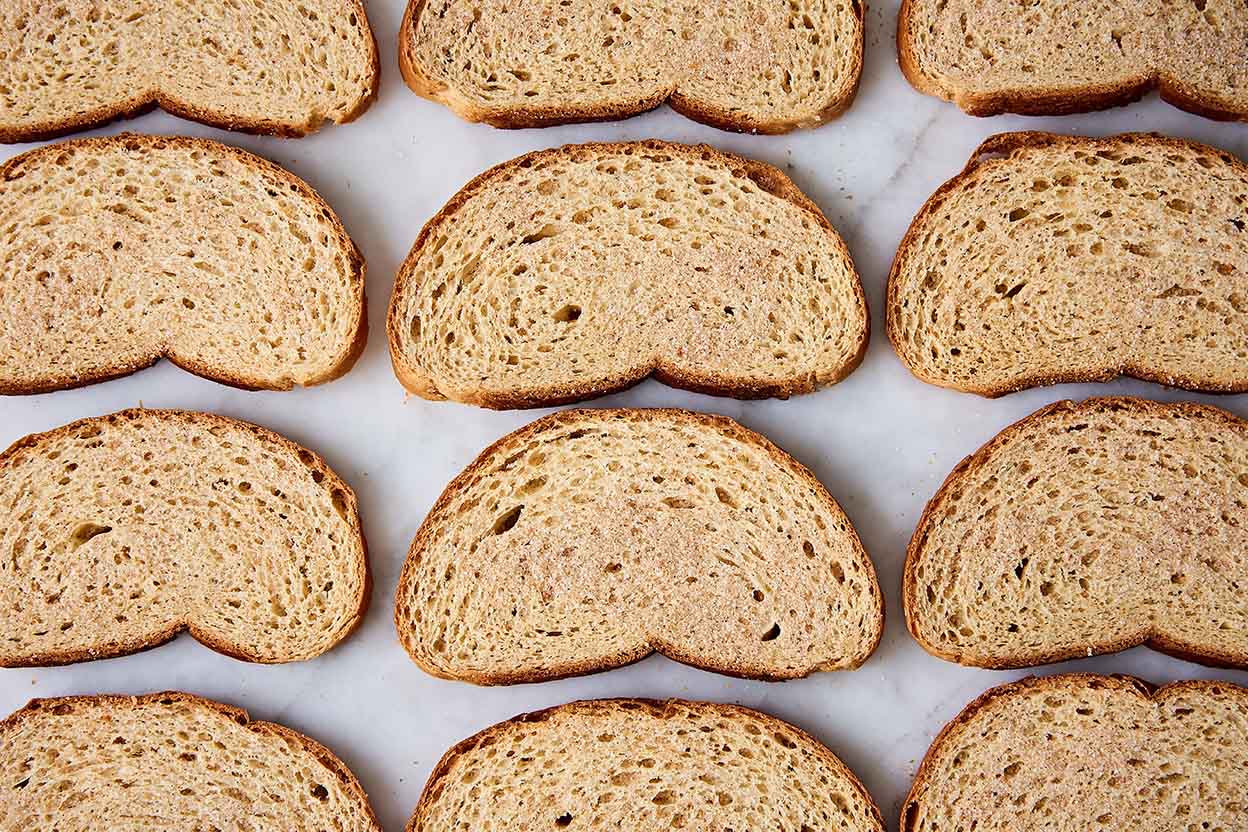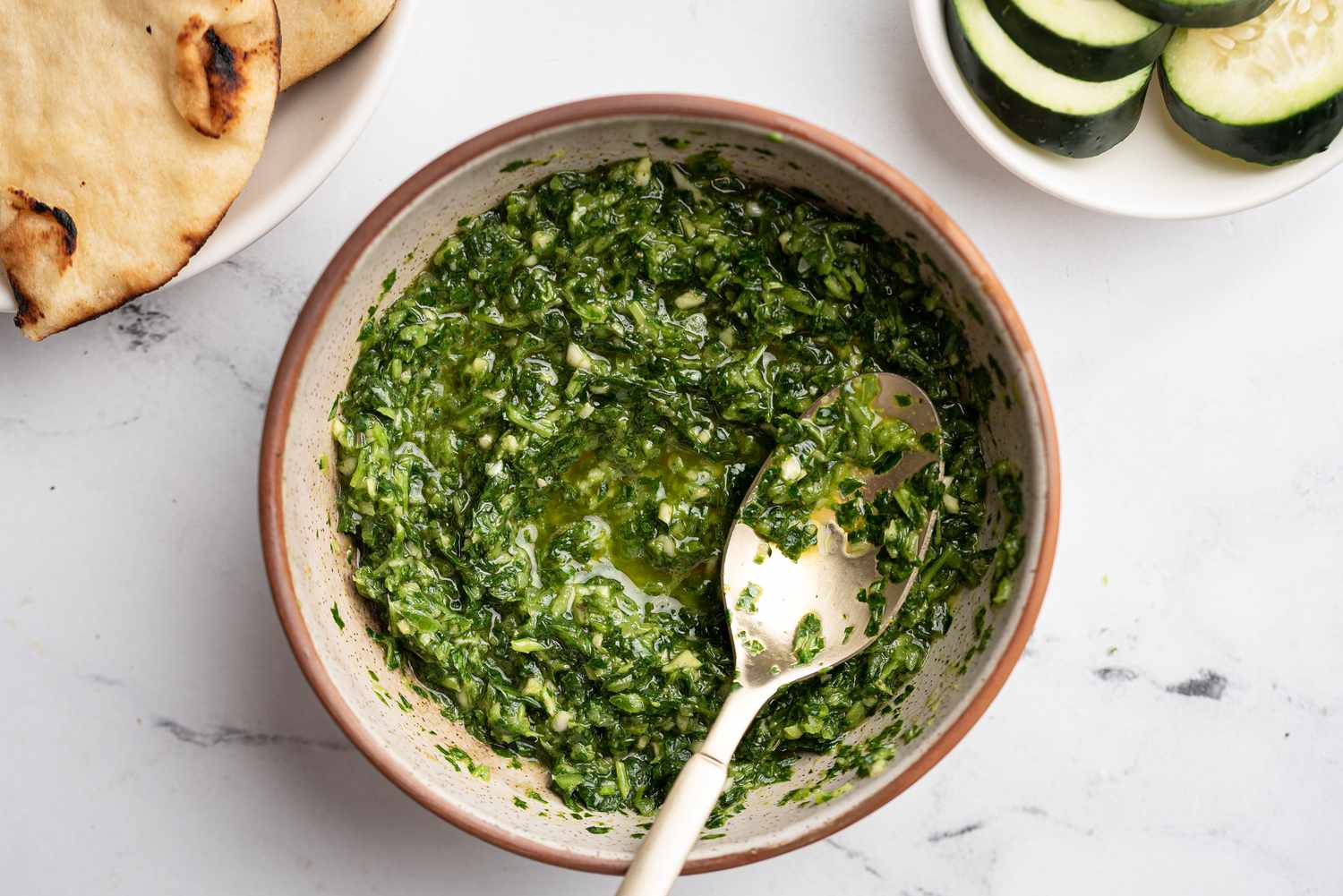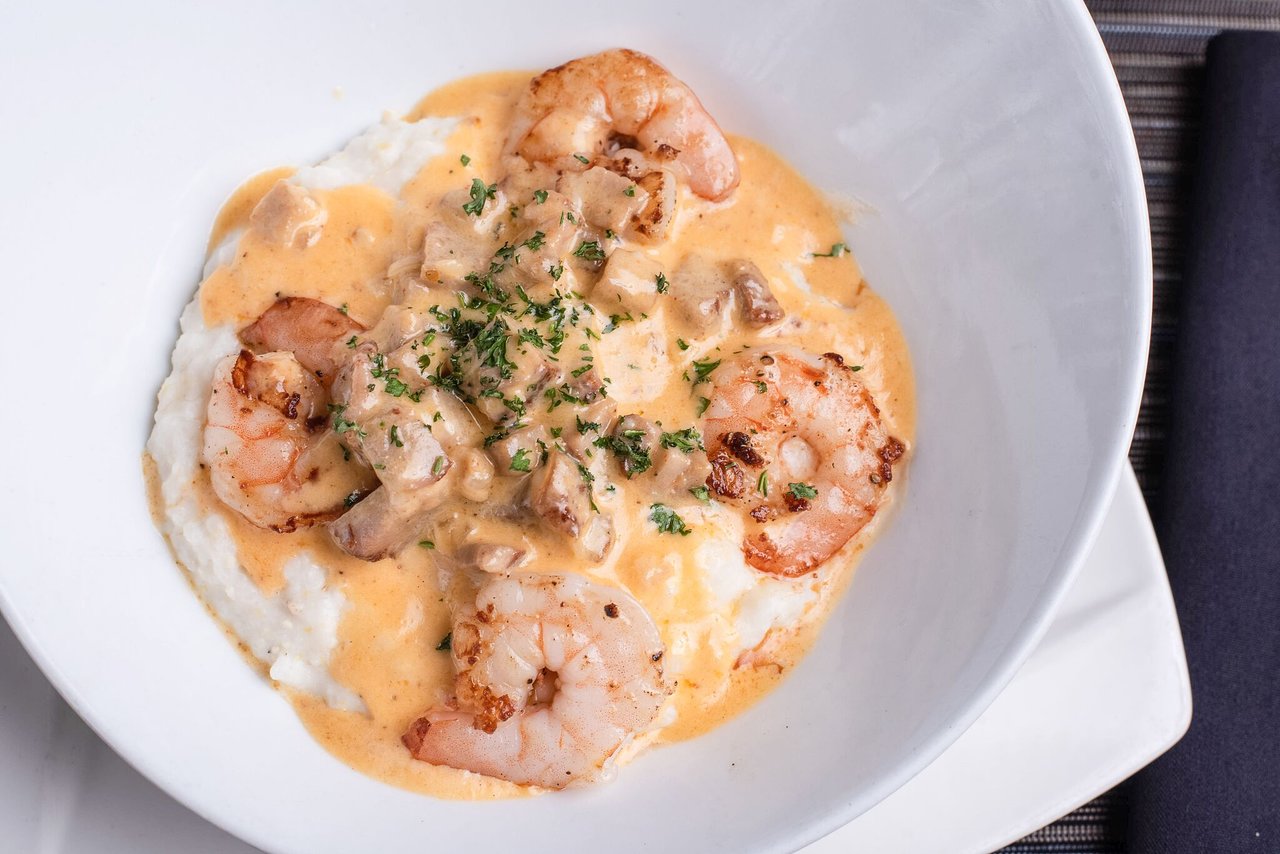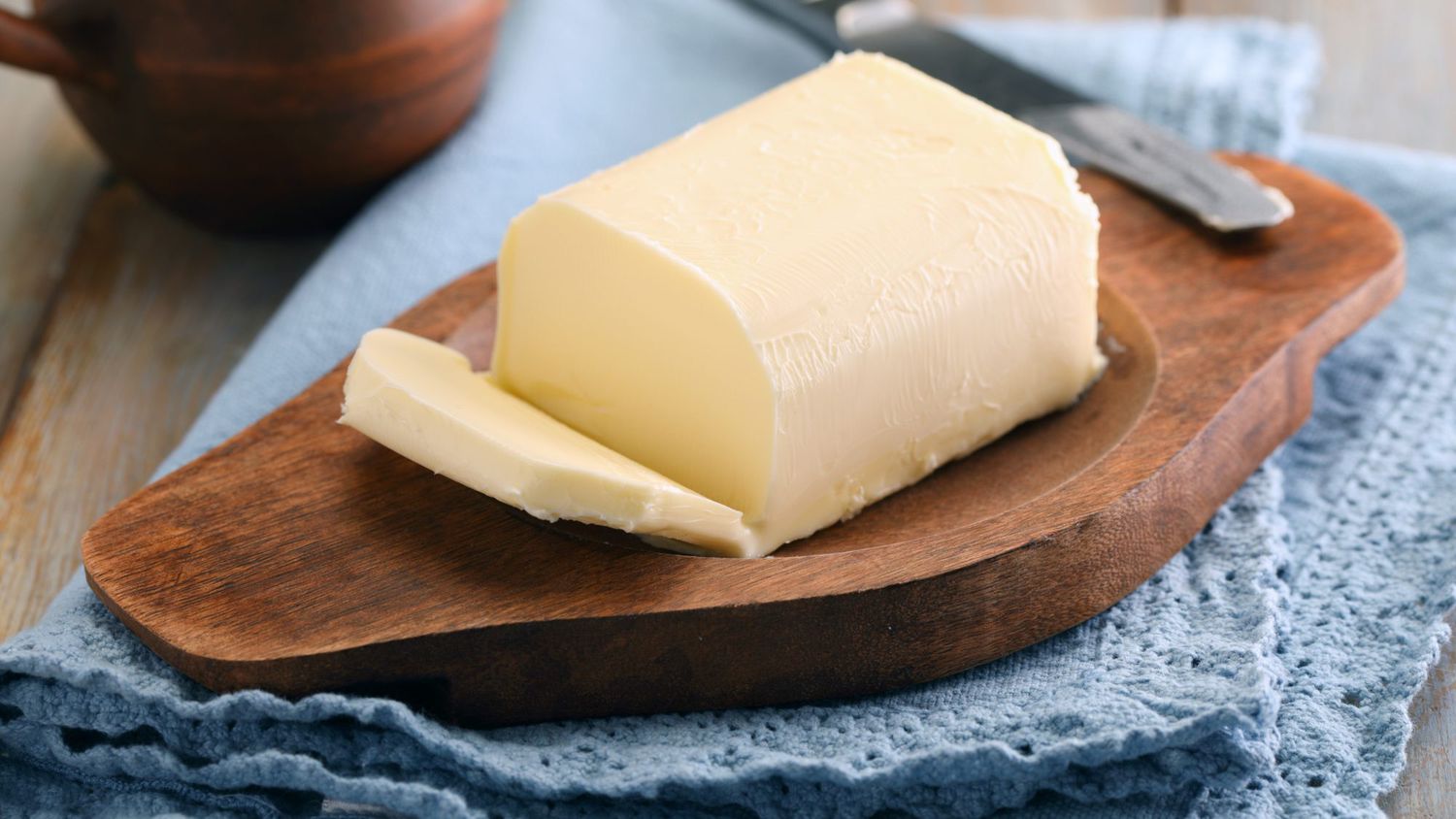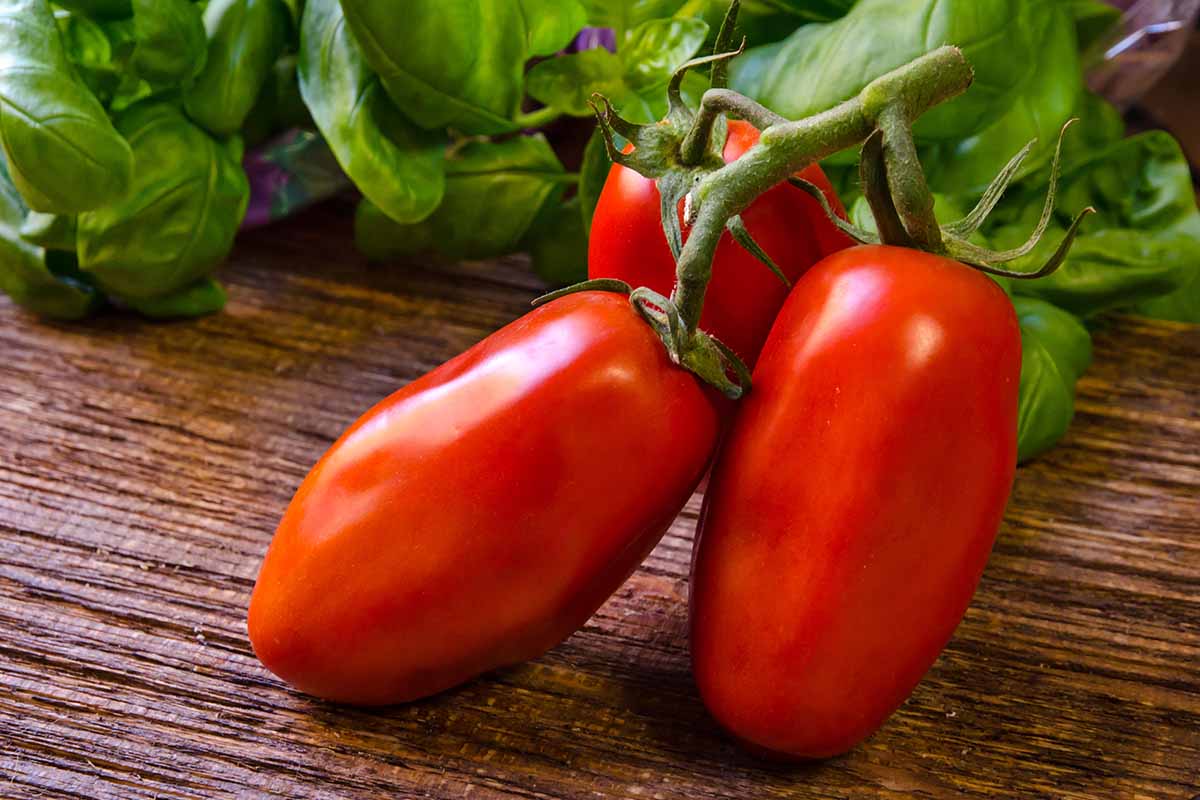Understanding the Process of Proofing Yeast
When it comes to baking bread, one of the most crucial steps is proofing the yeast. But what exactly does this mean? In simple terms, proofing yeast is the process of activating it before adding it to the rest of the ingredients. This step is essential for ensuring that the yeast is alive and active, which is necessary for the bread to rise properly.
Why Proofing Yeast is Important
Proofing yeast serves a few important purposes in the bread-making process:
- Activating the yeast: Yeast is a living organism, and in its dormant state, it needs to be awakened before it can start working its magic in the bread dough.
- Testing the yeast: Proofing also serves as a way to test the viability of the yeast. If the yeast does not bubble or foam during proofing, it may be old or expired and will not be effective in leavening the bread.
- Developing flavor: During proofing, the yeast begins to ferment, which contributes to the development of the bread’s flavor.
How to Proof Yeast
Proofing yeast is a simple process that can be done in just a few steps:
- Dissolve the yeast: In a small bowl, dissolve the yeast in warm water (about 110-115°F) and a small amount of sugar. The sugar serves as food for the yeast and helps to activate it.
- Wait for bubbles: Let the yeast mixture sit for about 5-10 minutes. During this time, it should start to bubble and foam. This is a sign that the yeast is active and ready to be used.
- Use in the recipe: Once the yeast has proofed, it can be added to the rest of the ingredients in the bread recipe.
Common Mistakes to Avoid
While proofing yeast is a fairly straightforward process, there are a few common mistakes that can lead to issues with the bread dough:
- Using water that is too hot: Water that is too hot can kill the yeast, so it’s important to use a thermometer to ensure that the water is within the correct temperature range.
- Using old yeast: If the yeast is past its expiration date, it may not be viable for proofing.
- Not giving it enough time: It’s important to be patient and allow the yeast to proof for the full 5-10 minutes to ensure that it is fully activated.
Conclusion
Proofing yeast is a critical step in the bread-making process that ensures the yeast is alive and active before it is added to the dough. By following the proper steps and avoiding common mistakes, you can ensure that your bread rises beautifully and has the perfect texture and flavor.
Was this page helpful?
Read Next: What Is Taco Sauce?
